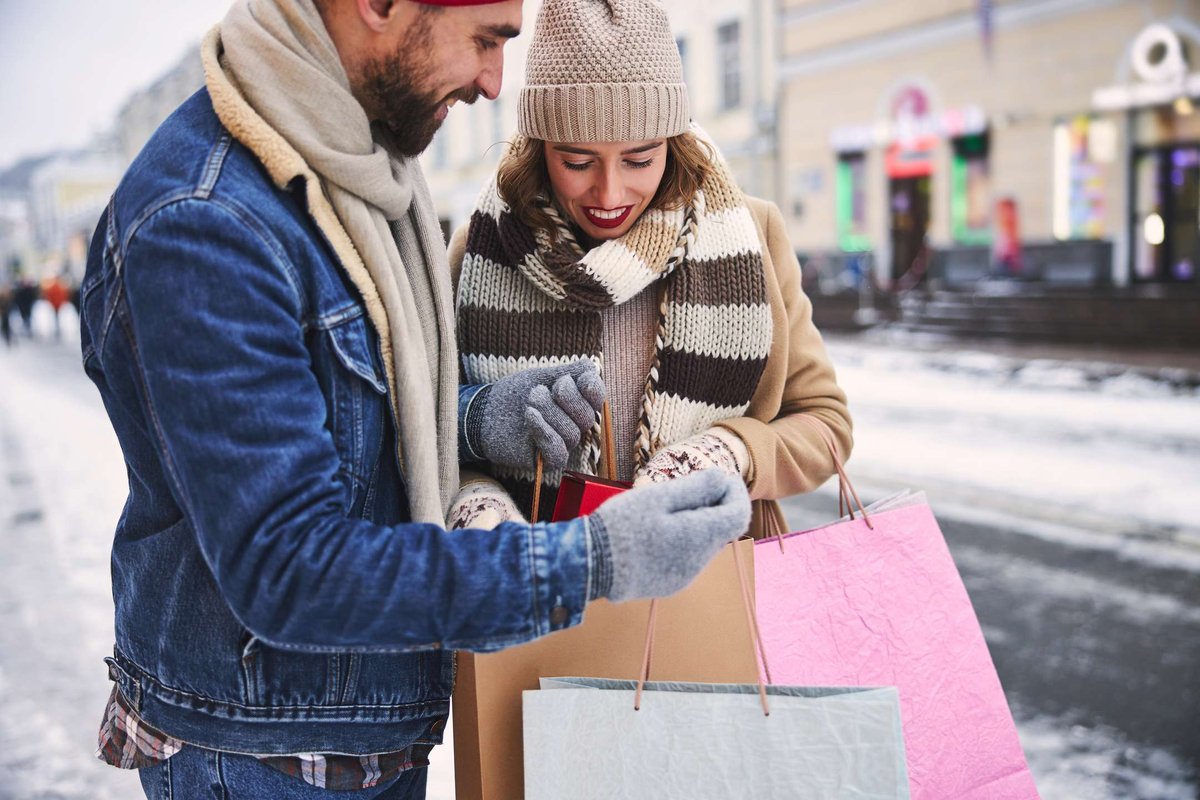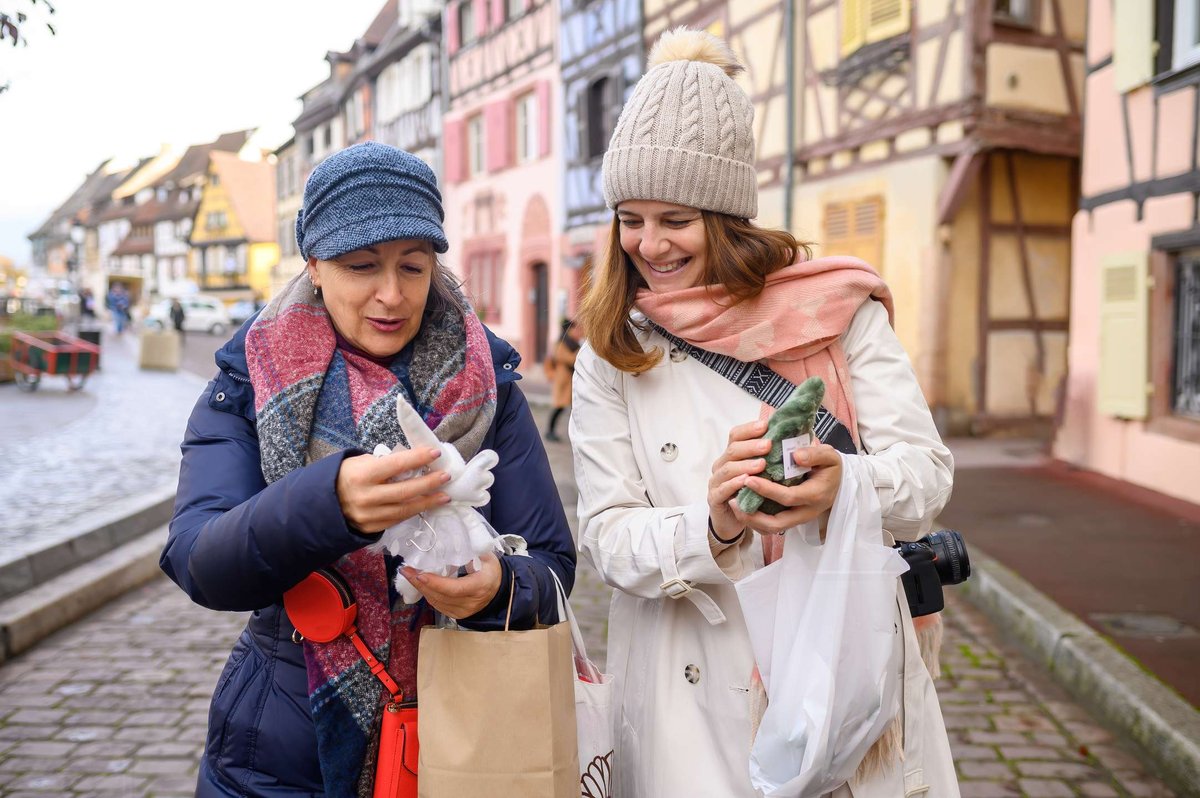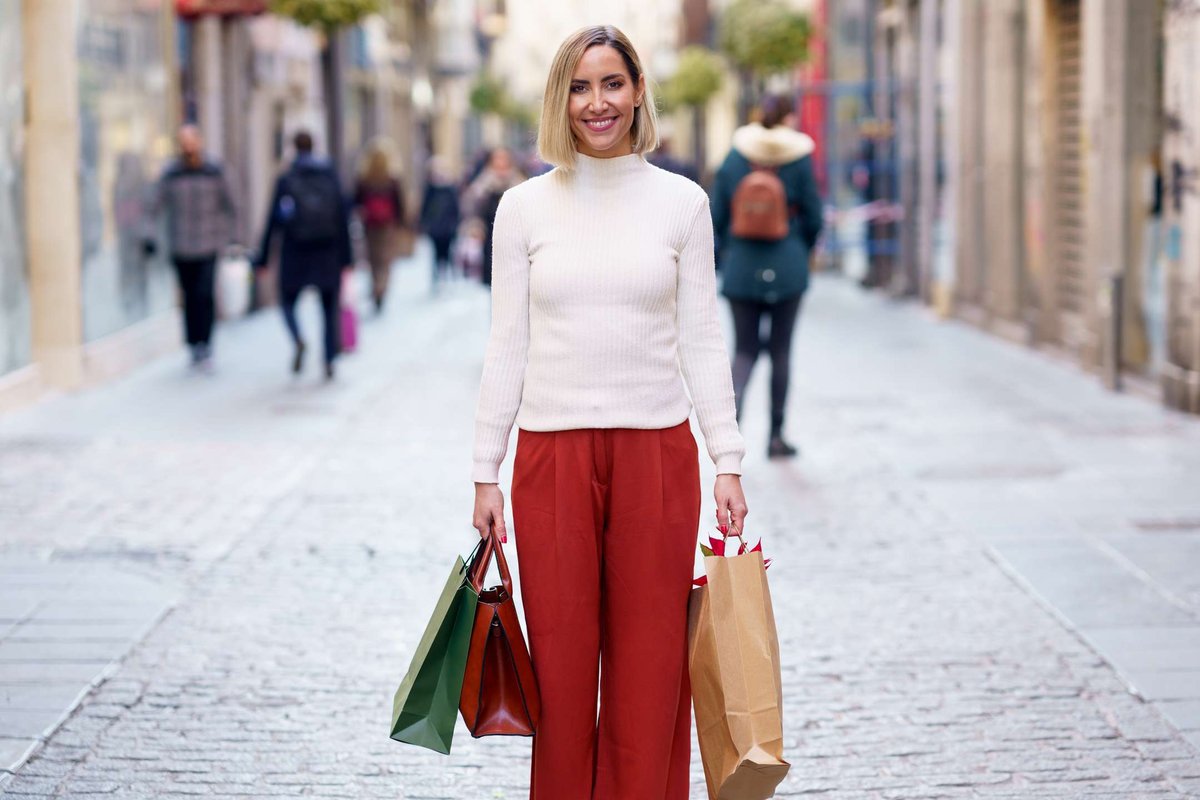Shopping in Norway from scratch: how to shop smart and avoid overpaying

Norway is not only about fjords, the Northern Lights and trolls, but also a special shopping style that you won't want to miss! We've got high-quality materials, durable outdoor equipment, honest design and craftsmanship. Shopping here is an absolute blast! You'll find everything from charming boutiques showcasing local talent to vibrant markets bursting with farmhouse cheeses and mouth-watering smoked fish. In this guide, we'll cover everything you need to know: where to shop for the best deals and most interesting finds, how to get your tax refund without any hassle, what to expect in terms of clothing and footwear prices, and why the grocery basket differs from other European countries. At the end, you'll be delighted to leave with a handy checklist of habits that will help you save money without sacrificing your experience.
Where should you shop in Norway?
Start with the main shopping streets and districts of big cities. This is where you will find the most shops, with a range of shops selling Scandinavian design and sports brands. Look for large shopping centres (which offer a range of prices) and specialised shops near museums and tourist attractions, where you can easily find gifts with character. If you are looking for bargains, think about outlet villages outside of big cities and seasonal sales. Love the atmosphere? Take a look at markets and small craft workshops. These places have a unique history and character, and every purchase has its own story. Next, we'll look at how to get some of your money back through Tax Free.
What you need to know about tax-free shopping in Norway.

Look for the Tax Free label in shops and ask for a receipt (return form) at the checkout. You must have your passport with you. Keep your purchases unpacked until you leave. At the border or airport, check the return kiosks (often run by international operators). Show your goods and receipts, get a stamp and your money back — in cash or on your card. Many airports have security checks before you can collect your bags, which is useful if you've bought anything you need to declare. Put all your receipts in one envelope and take photocopies of them to your phone. If you have an early flight, check the opening hours of the counters in advance. You can also find return points in the centre of some cities.
How much does clothing and footwear cost on average in Norway?
Norway is more expensive than the European average, especially for outdoor and knitwear. This is because the materials, warmth and resources come at a higher cost. To avoid paying too much, look for sales in the middle of the season and choose last year's collections — the discounts are big, and the quality is the same. Mid-range chains are good because they are not too cheap but also not too expensive, and they last for a long time. Local brands often win out because they have more experience and their designs are better. It's a good idea to buy basic items in department stores or chain stores, and more specialised items in smaller, more specialist shops. And don't forget second-hand and vintage shops: Norway has a culture of conscious consumption, and you can find some great items.
How much do groceries cost in Norway compared to other countries?
Groceries are a lot more expensive than in many other European countries, but the price you pay depends on the type of store. Discount stores and frequent "tilbud" (promotional prices), as well as large packages and store brands, help you save money. Ready meals in supermarkets, lunch boxes and bakeries are a good choice because they are not too expensive and taste good. Cafes and petrol stations are usually more expensive. You can buy alcohol in special shops, but there are different rules for buying alcohol. Make sure you plan ahead. If you live in an apartment, cooking at home will save you money. In short, choosing the right format and time to shop will save you money without sacrificing quality.
Shopping in Norway is an adventure! It's all about making conscious purchases: less impulse, more meaning and resourcefulness. Imagine a world where central streets, markets and outlets all come together, where you can play the long game with sales, and where Tax Free and high price tags become your friends. The great thing about a "capsule wardrobe" for the northern climate is that it's so easy to put together! And it's just as easy to find gifts with a story behind them — from delicious cheese and fish to a warm sweater that will last for years. Come, try, compare, and let us know what worked for you.
Share your shopping route, photos of your finds and questions in the comments — together, we'll create the most useful guide to shopping in Norway.






1 comment
Log in to leave a comment